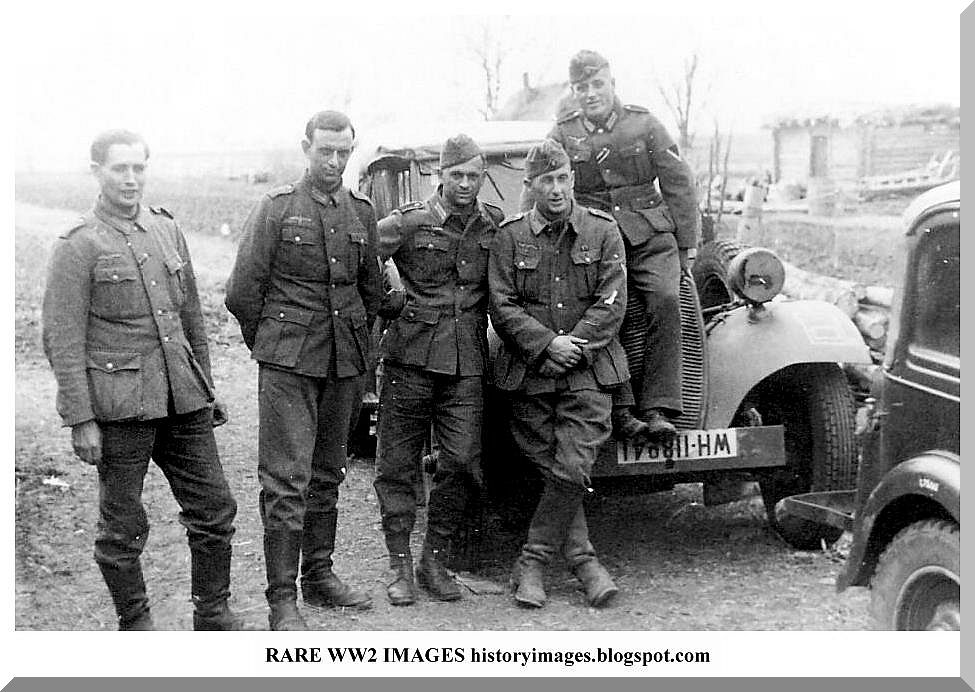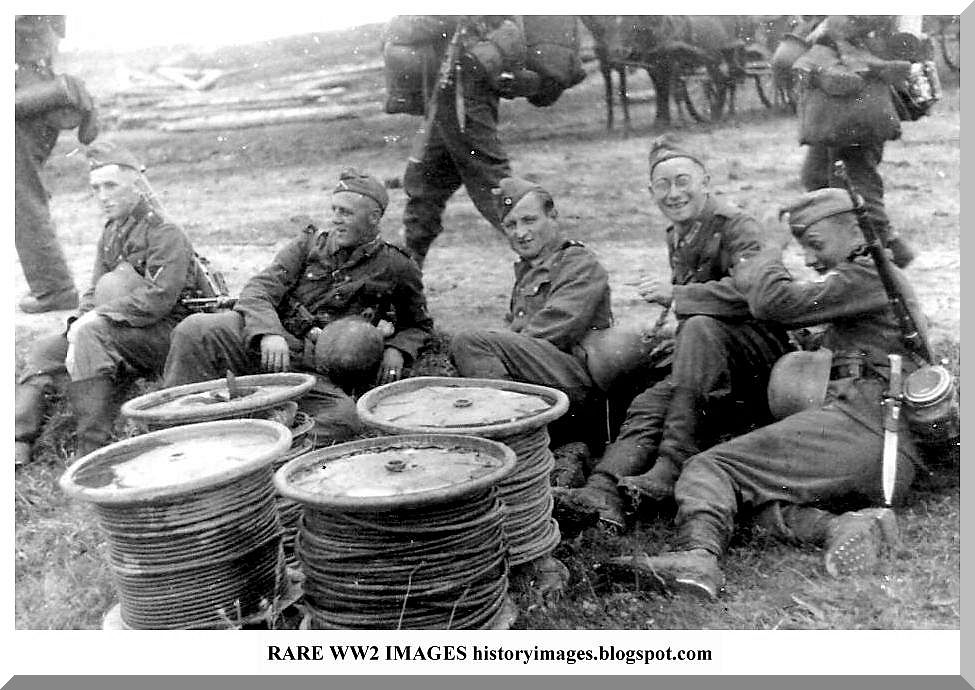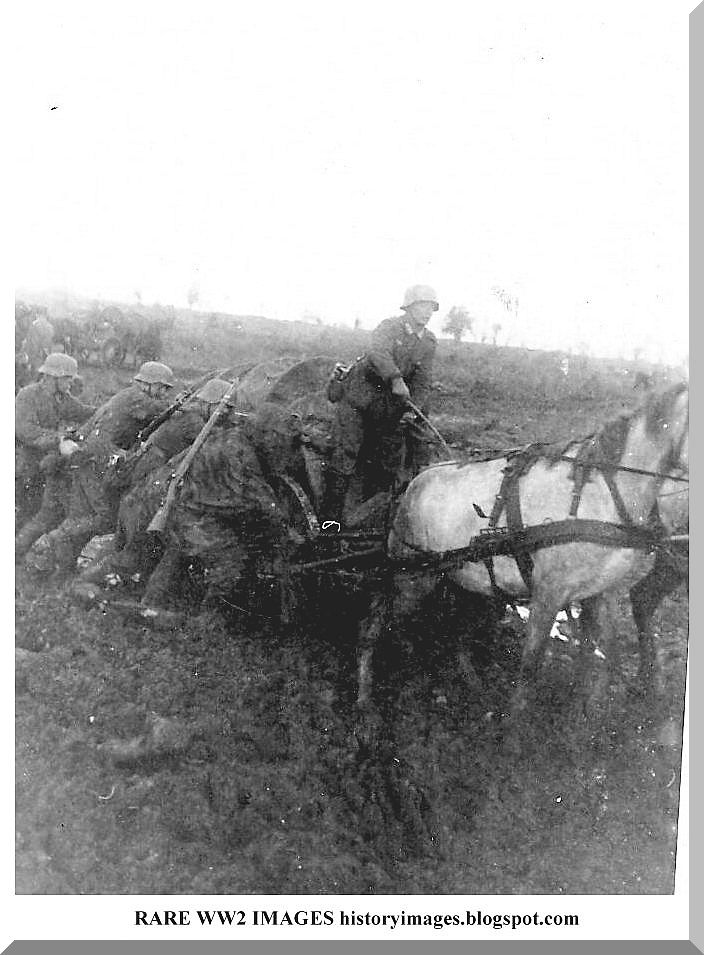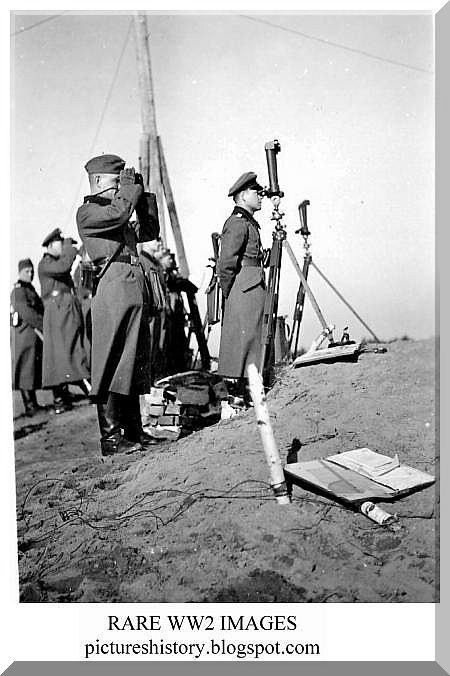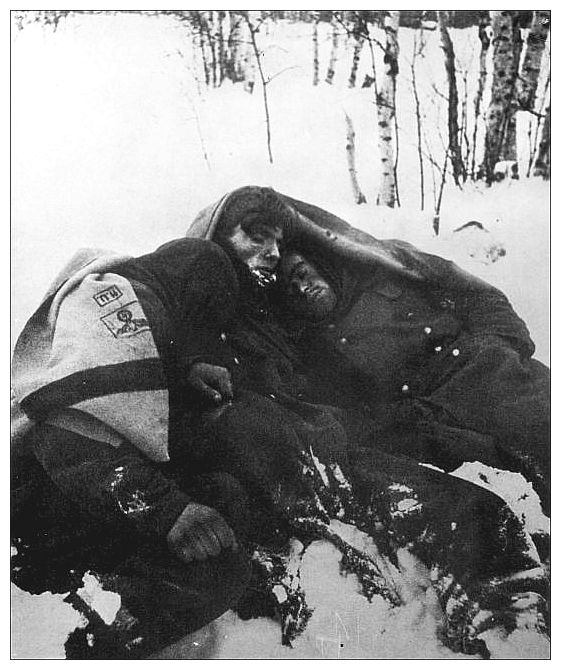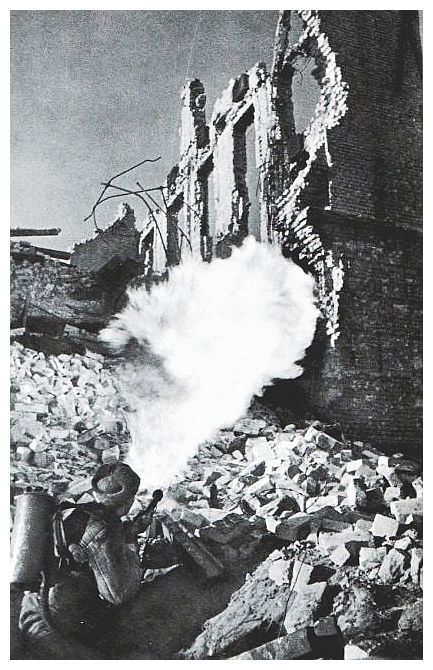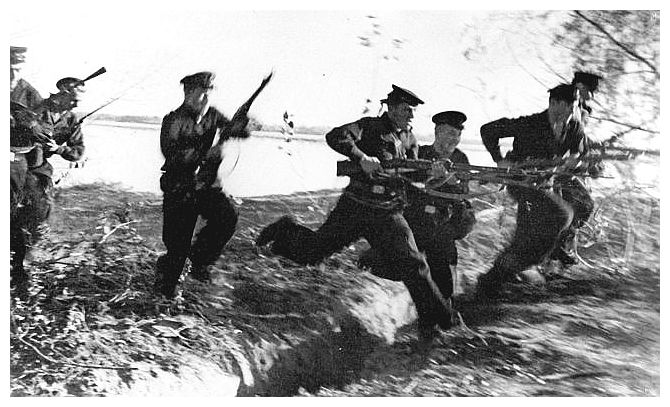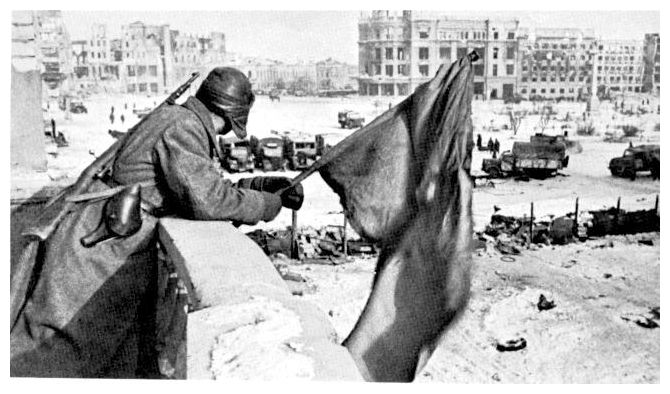The German 6th Army was a field army which was created after the Franco-Prussian war and the German unification by the second half of the 19th century. The glorious 6th Army had its baptism of fire during World War I and its nemesis during World War II at the hands of the Russian winter, collapsing at the Battle of Stalingrad, for which it is best known. It was mostly composed of infantry elements. As a field army, the German 6th Army was a formation superior to a corps and beneath an army group. It consisted of a headquarters, which usually controlled at least two corps, and a variable number of divisions.
At the outbreak of World War I, the 6th Army was composed of 10 divisions organized around 5 corps; it was commanded by Prince Rupprecht von Bayern. When the French Plan XVII was launched in August 1914, it was deployed in the Central sector that covered Lorraine. In August 1914, in the Battle of Lorraine, Rupprecht’s 6th Army used a feigned withdrawal to lure the advancing armies onto prepared defensive positions and managed to resist the French fierce attack. When the Western Front got bogged down in a stalemate warfare, with the opposing forces forming lines of trenches, the 6th Army was based in Northern France. On September 24, 1915, the 6th Army was the target of the British Army’s first chlorine gas attack of the war. Despite having suffered horrific casualties, the Germans held the line as the British attacks were kept in check.
During World War II, the German 6th Army was reorganized in October 1939, after the Polish Campaign, using elements of the former 10th Army, under the command of Walther von Reichenau. In May 1940, it took part in the invasion of the Low Countries and linked up with the German paratroopers who destroyed the fortifications at Eben Emael, Liège, and fought in the Battle of Belgium. Then the 6th Army participated in the breakthrough of the Paris defenses on June 12, 1940, before acting as a northern flank for German forces along the Normandy coast during the last stages of the Battle of France.
When Operation Barbarossa was launched on June 22, 1941, the 6th Army was the spearhead of Army Group South in its drive into Soviet territory. In January, 1942, Friedrich Paulus was appointed commander of the 6th Army, replacing von Reichenau, who had suffered a heart attack. The new commander led the 6th Army during the ferocious Second Battle of Kharkov, which took place in the spring of 1942. The victory at Kharkov sealed the 6th Army’s destiny as it was selected later that year by the German High Command for the attack on Stalingrad. As the German 6th Amry could not capture the city fast, the Russian winter came and the Red Army launched Operation Uranus, which was a Soviet counter-attack by Soviet that surrounded the Germans in a pincers movement from November 19 to November 23, 1942. Thus 6th Army was trapped. A relief operation, called Operation Wintergewitter, conducted by Field Marshal Erich von Manstein failed to provide the Germans with adecuate military and food supply. By January 31, 1943, the 6th Army of Friedrich Paulus had been reduced from 800,000 men to 85,000, and on February 2, Friedrich Paulus surrendered.
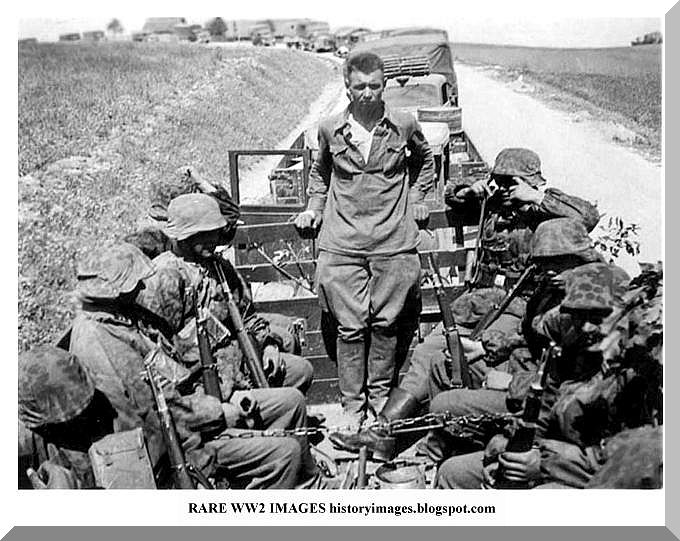 The Soviet POW stands glumly in a German army truck. Wonder what happened to the man later
The Soviet POW stands glumly in a German army truck. Wonder what happened to the man later German flame-thrower all set for action
German flame-thrower all set for action These men are trying out the gallows before it is used on Russians
These men are trying out the gallows before it is used on Russians Killing Russians
Killing Russians A soldier sets the dog on a captured Russian POW
A soldier sets the dog on a captured Russian POW German soldiers in the town square in a captured Russian town with a statue looking on
German soldiers in the town square in a captured Russian town with a statue looking on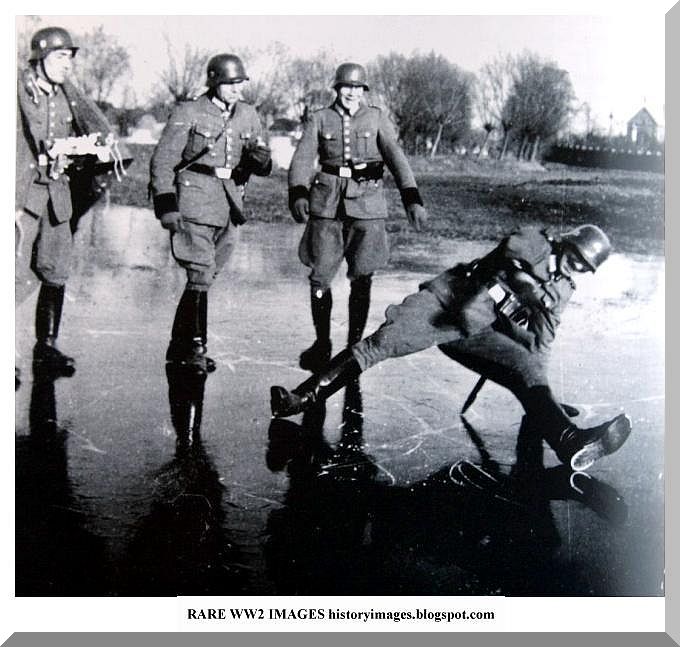 This image is symbolic. This is what happened to the German army in Russia
This image is symbolic. This is what happened to the German army in Russia A German soldier met his end clutching a porcelain article which he had looted
A German soldier met his end clutching a porcelain article which he had looted A trophy. Banner of the USSR
A trophy. Banner of the USSR The Soviet POW stands glumly in a German army truck. Wonder what happened to the man later
The Soviet POW stands glumly in a German army truck. Wonder what happened to the man later German flame-thrower all set for action
German flame-thrower all set for action These men are trying out the gallows before it is used on Russians
These men are trying out the gallows before it is used on Russians Killing Russians
Killing Russians A soldier sets the dog on a captured Russian POW
A soldier sets the dog on a captured Russian POW German soldiers in the town square in a captured Russian town with a statue looking on
German soldiers in the town square in a captured Russian town with a statue looking on This image is symbolic. This is what happened to the German army in Russia
This image is symbolic. This is what happened to the German army in Russia A German soldier met his end clutching a porcelain article which he had looted
A German soldier met his end clutching a porcelain article which he had looted A trophy. Banner of the USSR
A trophy. Banner of the USSR







